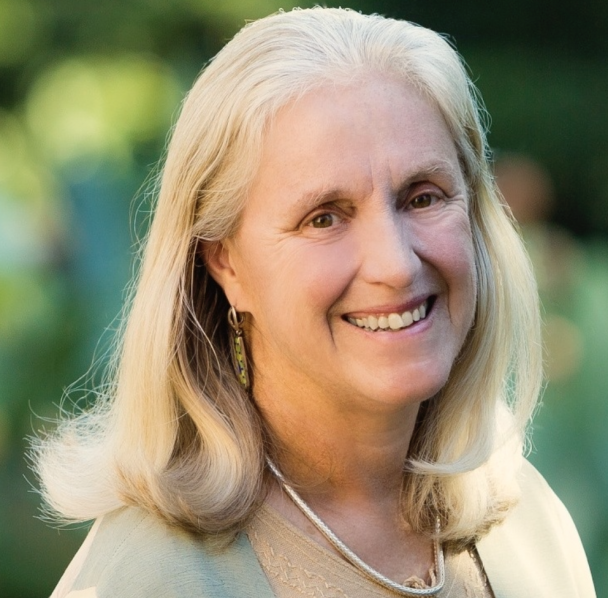First impressions matter. My first impression of the workings of The Stanford Daily was not propitious. When I sought to join the staff early in winter quarter of my freshman year, I was assigned to do a piece on Stanford’s mausoleum, the shrine to its namesake, Leland Stanford Jr., where he and his parents, the university’s founders, are buried.
I went there in the rain, took my soggy notes back to the office, sat down at the latest technological innovation — an electric typewriter — wrote the piece and turned it over to the news editor. A day or two later, I called, wondering why it hadn’t appeared. The editor hemmed, hawed, then said, “Umm, we lost it. (Long pause.) Can you redo it?” I said a few unprintable things, sat down and rewrote it; it was published a day later.
The first lesson in journalism provided by The Daily: journalists are fallible. Over the coming months, I realized journalists are also essential. Stanford was bursting at the seams with anger. The root causes were one, the Vietnam War and Stanford’s work on military research and two, racism. Over the years anti-war demonstrations turned increasingly violent; a tenured faculty member found to have incited one was eventually dismissed. And racist incidents, on campus and off, led to simmering fury among students of color.
Accurate reporting on issues fraught with emotion was essential. In the maelstrom, I learned more about how to find facts, evaluate them and reflect a variety of viewpoints than any classroom could have taught. I also learned how to meet deadlines (sort of). And if I hadn’t had to face angry students, or the lawyers for students trying to block stories, or demonstrators wanting to control the narrative of the news, I would have been less equipped in later years to cover Washington or Moscow for the Washington Post and The New York Times.
For all the emotional events I covered — and the lighter features and commentary I used to paint a picture of Stanford culture — there were two overriding events, for me and for The Daily. First was the lawsuit that gave The Daily a permanent place in the laws of the United States. Second, the decision by the University and The Daily to arrange an amicable separation, leaving The Daily an independent publication two years after my editorship.
The lawsuit began for me when I was returning from an April class in English Restoration literature and was greeted at the door of the Storke Student Publications building by a top editor saying, “They had a search warrant. There was nothing I could do.” Several Santa Clara County Sherriff’s deputies were looking through our desks and our photo files, seeking pictures of assaults on police officers who were clearing student protestors out of a medical building. That was in April 1971. We brought a lawsuit trying to prohibit police searches of newspaper offices. It failed in the Supreme Court, but Congress subsequently enshrined the protections into federal law.
The push for The Daily’s independence was something I supported; the heavy lifting was done by others. For me, the essential principle was eliminating the threat of censorship or control by the University. Not too long ago, that threat reemerged as a lower-level official threatened Daily journalists if they published secret information. The independent newspaper stood strong; the threat evaporated.
My Daily experiences were integral to my entire career as a journalist. They were integral to something else. The editor in chief I first worked with — not the editor who lost my mausoleum story — has been my husband for 51 years. We’ve been to many places but have never forgotten where we came from.
Felicity Barringer ’72 was the Vol. 159 editor in chief of The Daily. She went on to report for the Washington Post and The New York Times.
